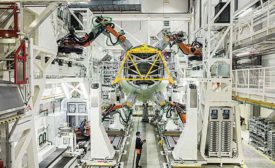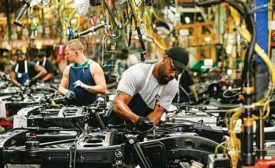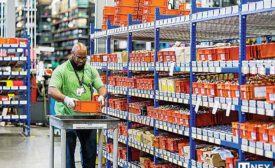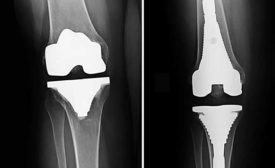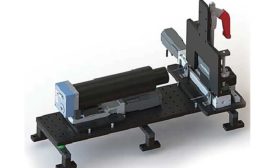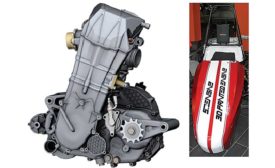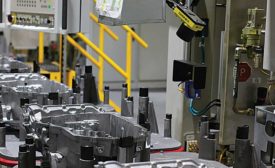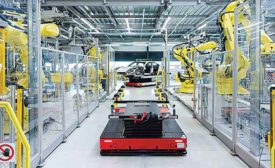Industries
ASSEMBLY Capital Spending Report 2019: Manufacturers Continue to Invest in Technology
Despite some headwinds, manufacturers will continue to invest in assembly technology
December 9, 2019
U.S. manufacturing: The greener choice
Offshoring has negatively affected the environment
December 5, 2019
Eliminating the Seven Deadly Wastes
Manufacturers should evaluate processes to reduce hidden causes of waste
December 4, 2019
Auto Industry Drives New Vision Technology
Bin picking and parts inspection applications address quality concerns
November 6, 2019
Never miss the latest news and trends driving the manufacturing industry
Stay in the know on the latest assembly trends.
JOIN TODAY!Copyright ©2024. All Rights Reserved BNP Media.
Design, CMS, Hosting & Web Development :: ePublishing
